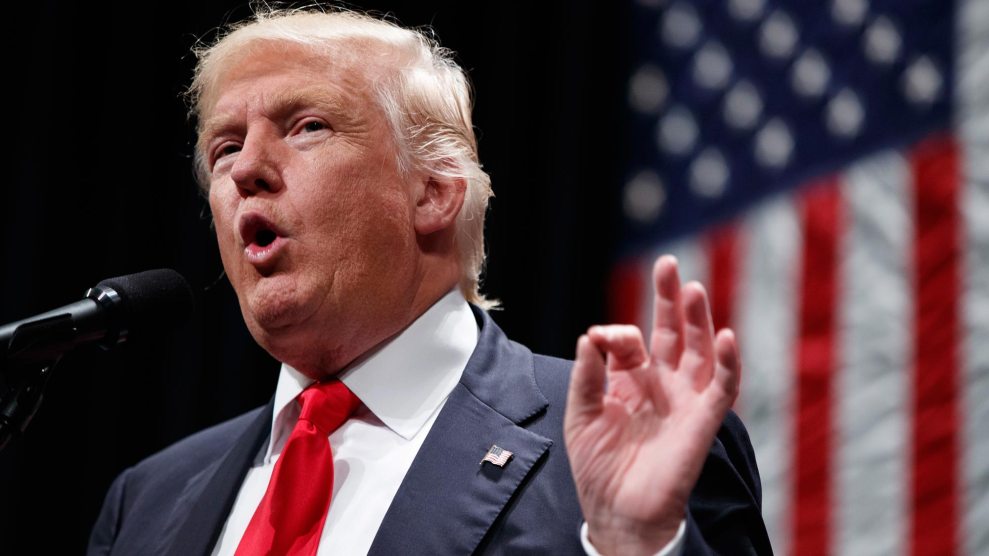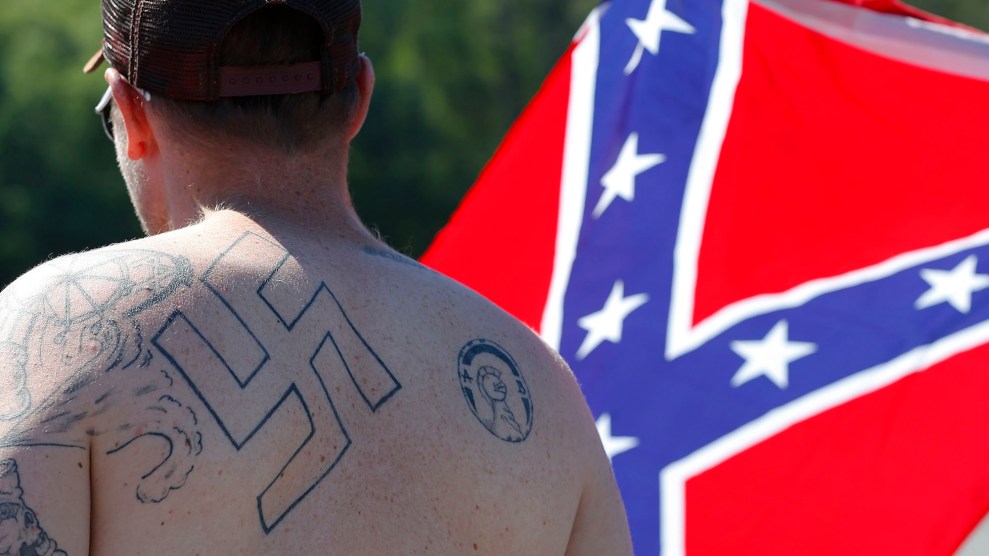
Evan Vucci/AP
Donald Trump has a solution to crime in America’s black neighborhoods: stop-and-frisk.
Trump was in Cleveland on Wednesday for a conference of pastors at a local church, along with Fox News host Sean Hannity. As part of the event, Trump attended a town hall meeting on “African-American concerns,” according to the church’s website, that is slated to air Wednesday night on Hannity’s show. An excerpt of the transcript from the town hall shows an audience member asking Trump what he would do to help decrease violence in the black community.
Trump’s answer? Stop-and-frisk on a national level.
Trump will propose nationwide stop-and-frisk to address violence in black community 2nite on Hannity: pic.twitter.com/HDSPYtepqb
— Alexandra Jaffe (@ajjaffe) September 21, 2016
“We did it in New York—it worked incredibly well,” Trump said of the practice, which empowered police officers to stop a person on the street for a pat-down if they suspected him or her of wrongdoing. In fact, data showed that the practice effectively turned into racial profiling that disproportionately targeted black New Yorkers. Studies also found that stop-and-frisk was ineffective in catching criminals or preventing crime. A federal judge ruled it unconstitutional in 2013.












